Well, by this point we have over 1000 lines in our markdown file. This one is mostly for fun.
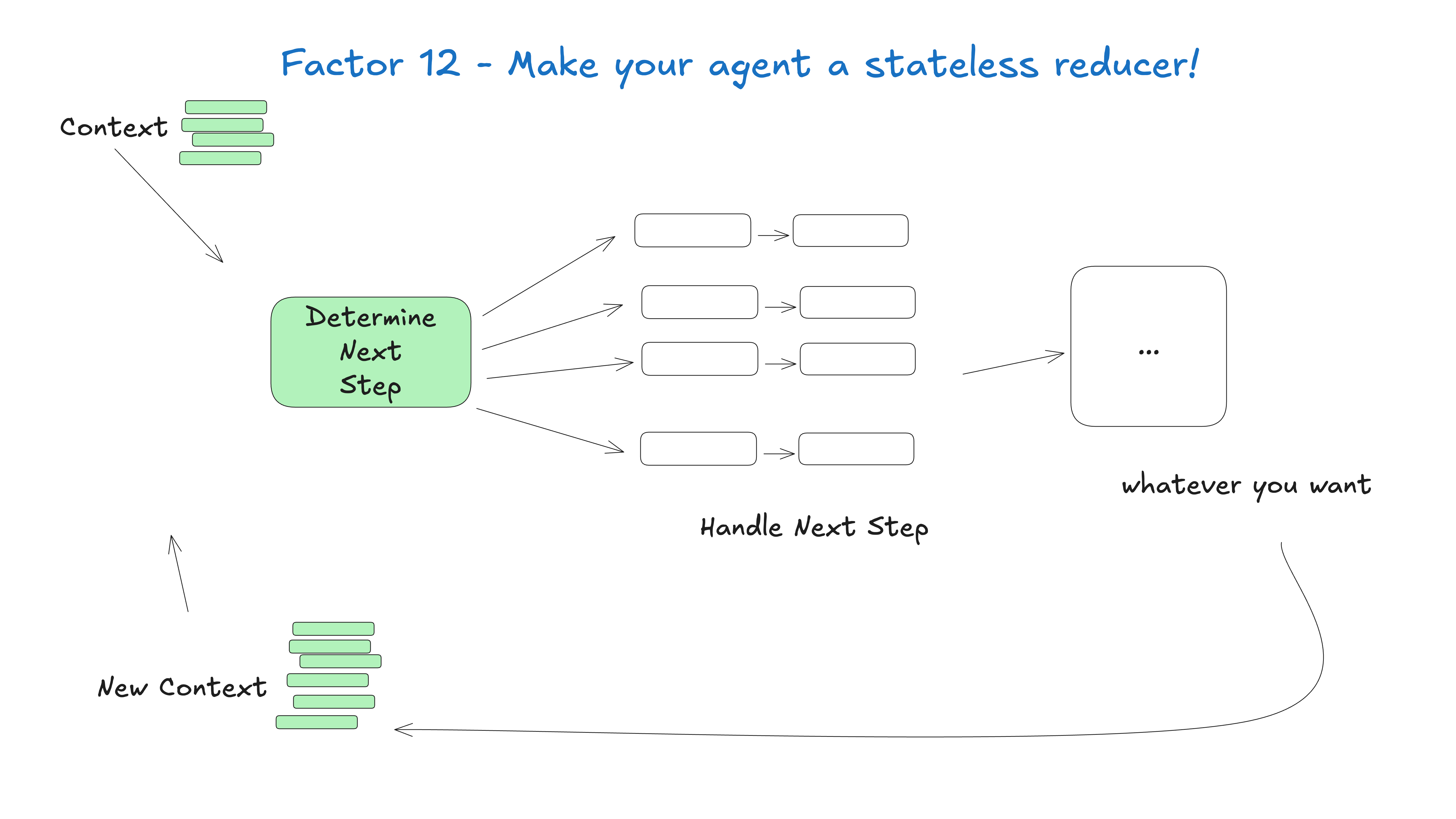
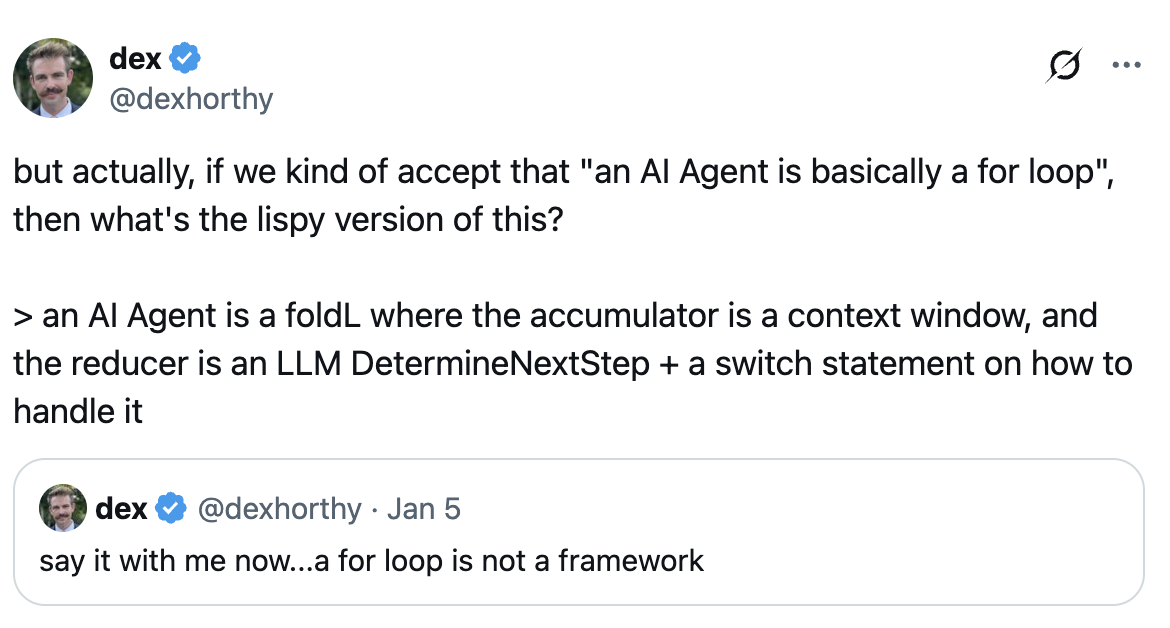
Well, by this point we have over 1000 lines in our markdown file. This one is mostly for fun.



1. From the creation of simple rules to create rules for the creation of the theme (article title) before the preparation of materials, is the starting point of the entire article generation process. Here I use the simplest type of rule, "Random Category", to generate a rule. Explanation of the following configuration: Randomly use the name and description of the 10 categories ...

1.1 Operational Guidelines 1.1 Multi-language Selection Only in the figure channel multi-language selection is valid 1.2 Chinese keyword mining techniques It is recommended that only Google and Baidu Involving a mixture of Chinese and English keywords, it is recommended that the English use lowercase, multiple words separated by spaces Keyword Expansion Techniques: Using a large model to get the basis ...

0. Necessary: must be complete and detailed configuration of the site classification Classification name, alias (English), description, must be detailed.AI Content Manager deeply relies on the classification name and detailed description of the classification to control the direction of the generated content and automatically select the appropriate classification. After setting up the categorization, please click once to insert...

This is AI Content Generation Manager, exclusive theme, can not directly use this template. After enabling, all related settings are in the "Theme Settings". 1. Enable secondary domain name access What is the case for enabling secondary domain name access? Already have a website, want to enhance the weight of the main site, attract traffic; or for individual...
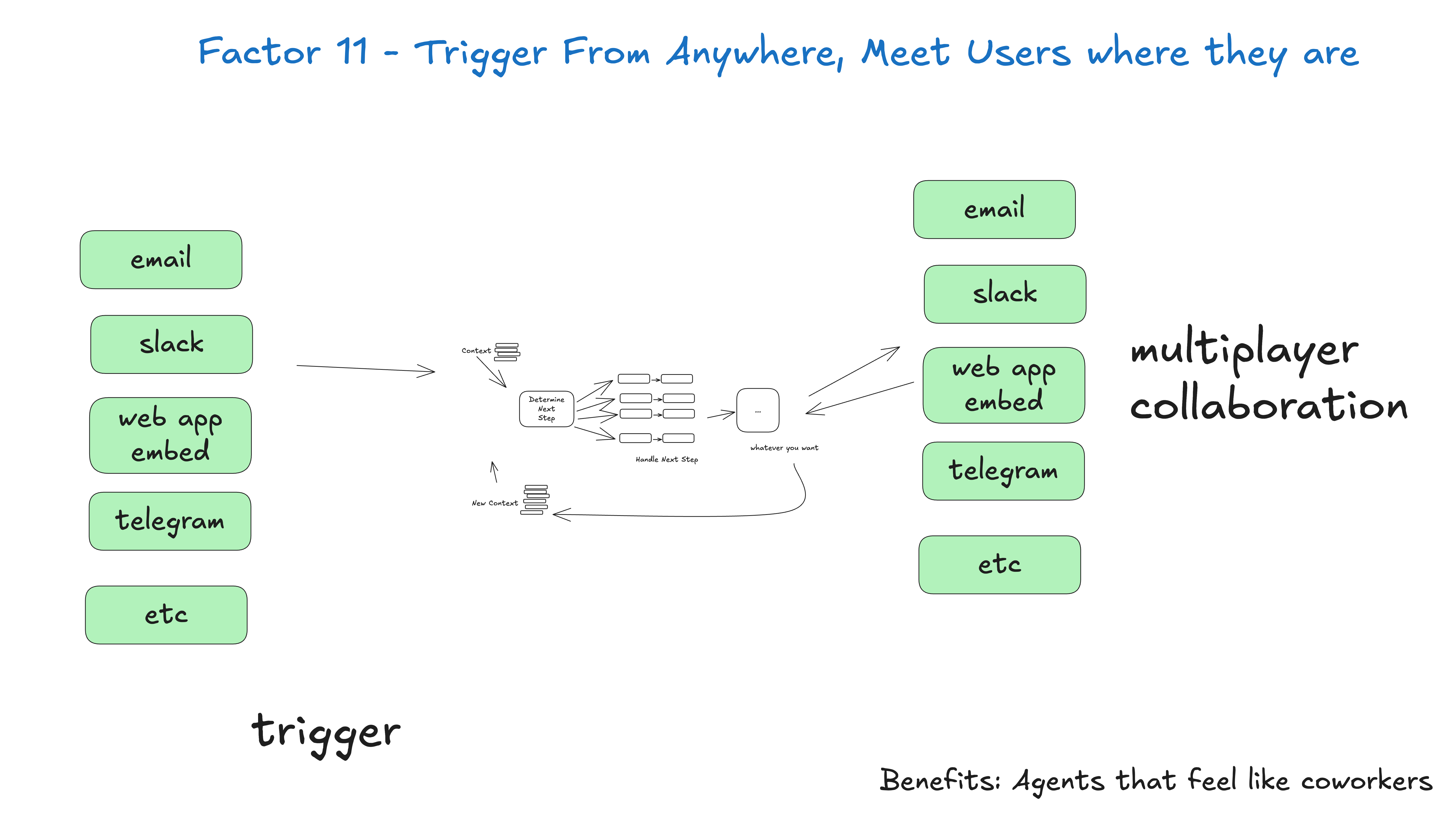
If you've been waiting for an introduction to humanlayer, then this is it. If you are practicing Element 6 - Start/Pause/Resume via a simple API and Element 7 - Contacting humans via tool calls, then you are ready to integrate this element. Allow the user to start/pause/resume from s...
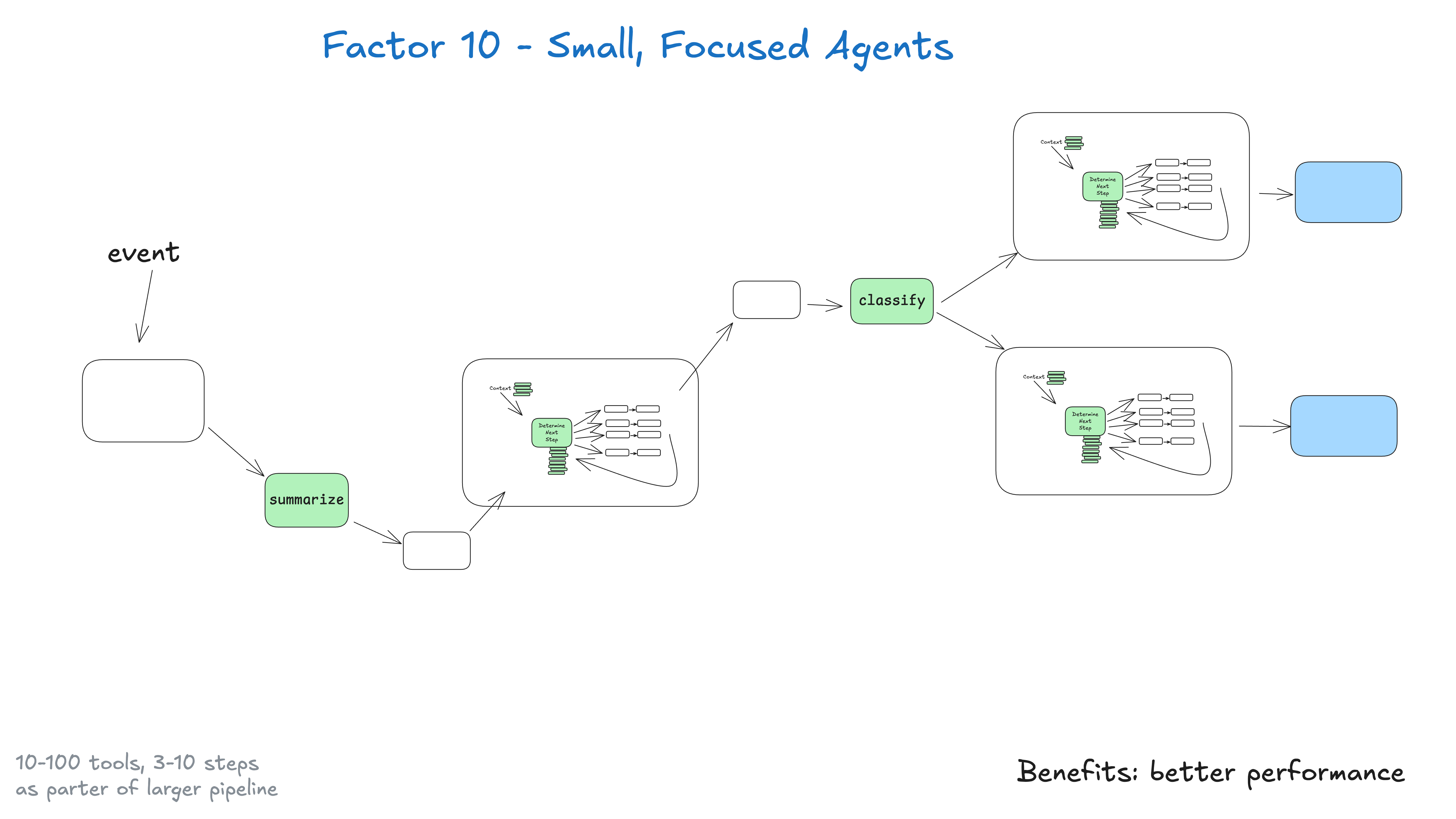
Instead of building monolithic intelligences that try to do everything, it is better to build small, focused intelligences that can do one thing well. Intelligentsia are just one building block in a larger, largely deterministic system. The key insight here is the limitation of the big language model: the larger and more complex the task, the...
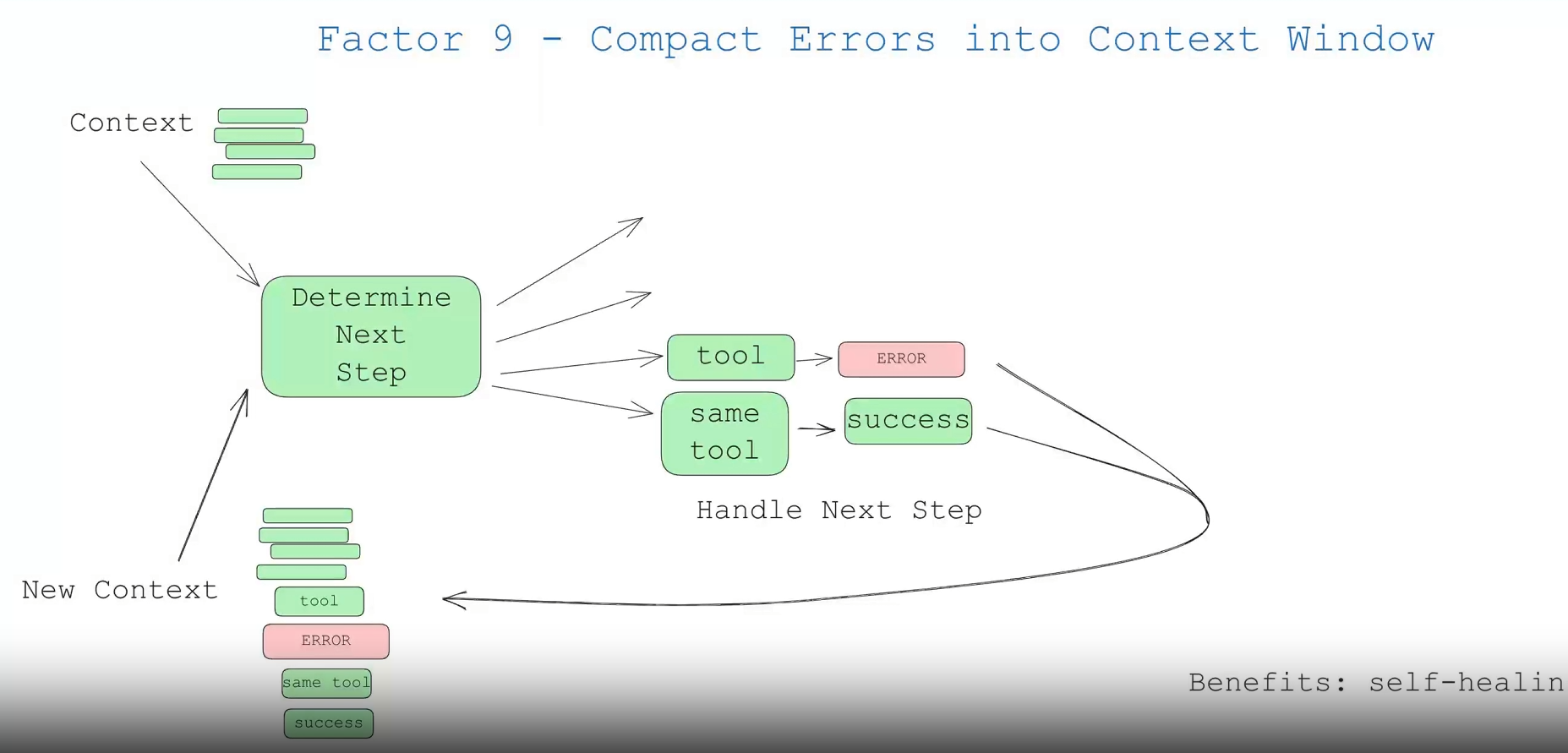
This is a small point, but worth mentioning. One of the benefits of an agent is "self-healing" - for short tasks, a large language model (LLM) may call a failed tool. There is a good chance that a good LLM will be able to read an error message or stack trace and...

If you are in control of your own control flow, you can implement many interesting features. Build custom control structures that fit your particular use case. Specifically, certain types of tool calls might be a reason to jump out of a loop, wait for a human to respond, or wait for another long-running task (e.g., a training pipeline)...
Just type in the keyword Accessibility Bing SearchYou can quickly find all the AI tools on this site.

Video Face Swap

Cursor Trial Period Reset Tool: Solve the problem of Cursor trial period limitations, easily reset the trial period to avoid upgrading to the professional version

PolyBuzz: a free chat and role-playing platform for interacting with AI characters

Codeium (Windsurf Editor): free AI code-completion and chat tool, Windsurf writes complete project code in a conversational manner

PocketPal AI

Jan: Open Source Offline AI Assistant, ChatGPT Replacement, Run Local AI Models or Connect to Cloud AI

DeepMosaics: Automatically removing mosaics from, or adding mosaics to, images and videos

FaceFusion: Video Face Swap Enhancement Tool | Voice Synchronized Video Mouth Moves

beanbag

Roo Code (Roo Cline): Enhanced autonomous programming assistant based on Cline, intelligent IDE programming assistant

Cherry Studio: AI assistant desktop client with integrated API/web/local models

MagicQuill: Intelligent Interactive Image Graffiti Editing System, Precise Localized Graffiti Editing









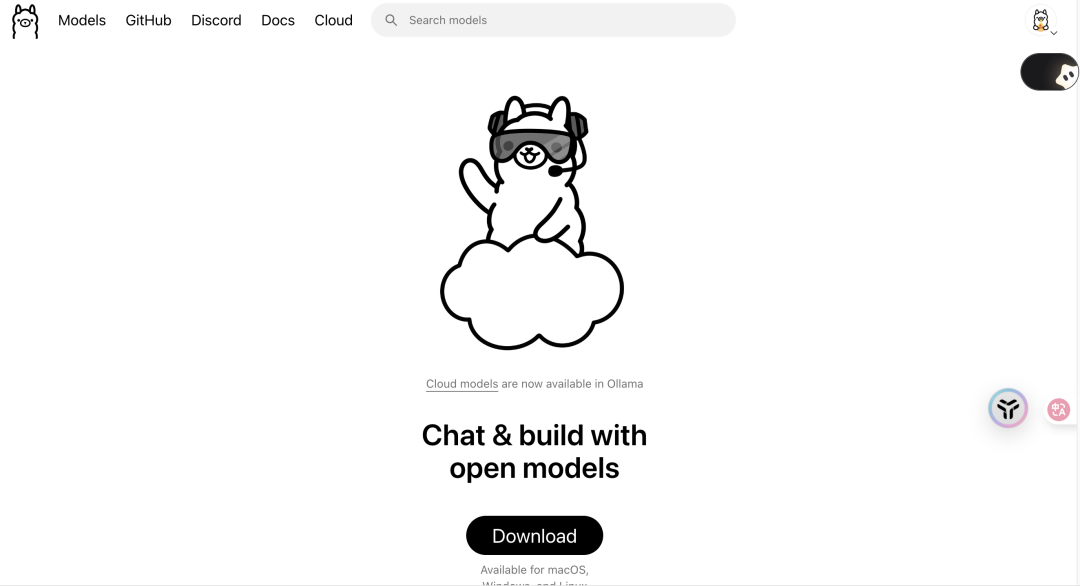
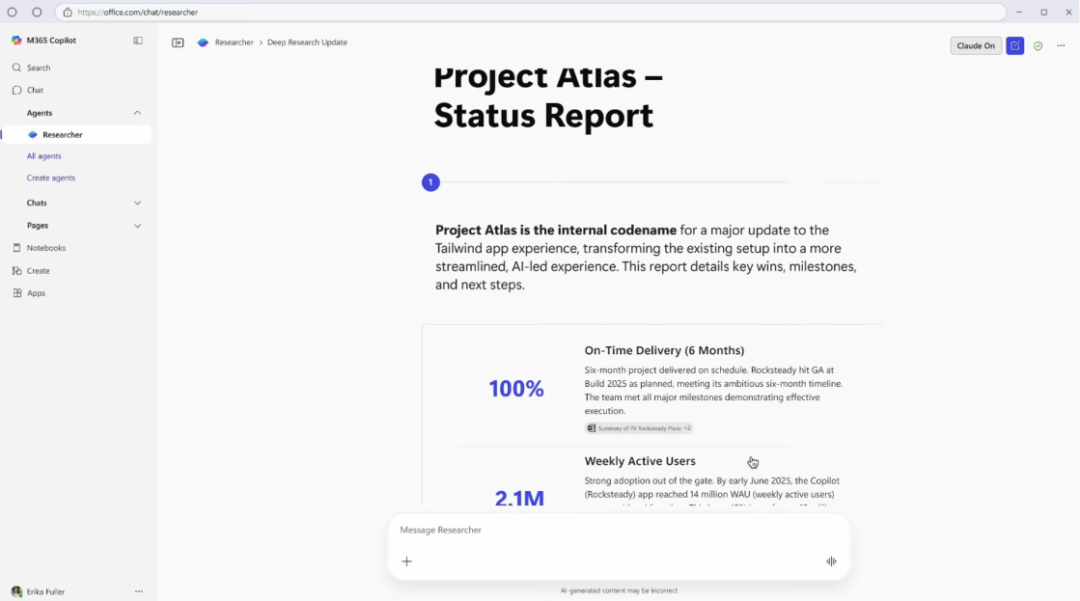
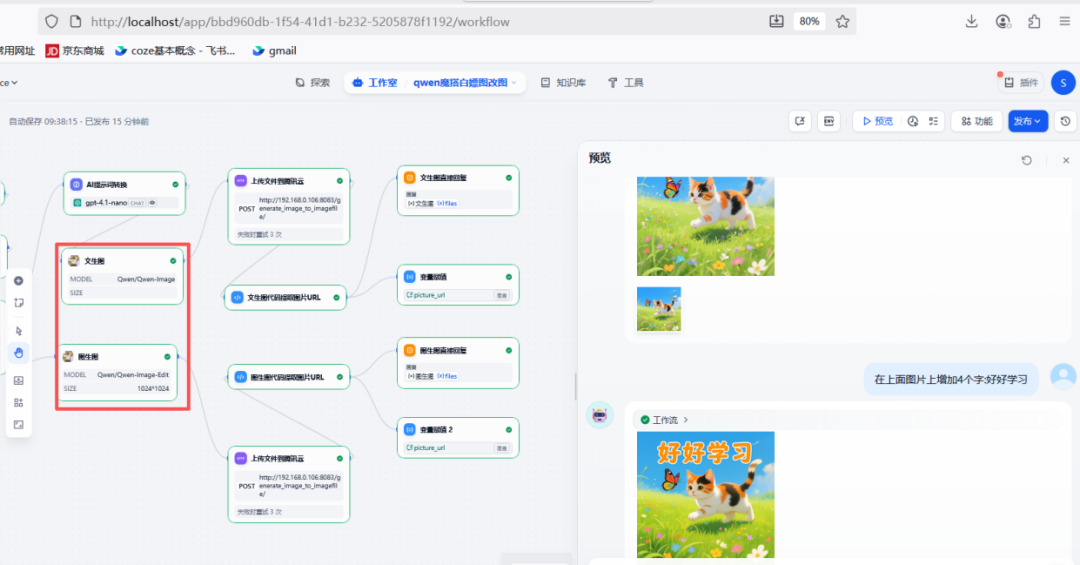

Sound Secret: AI tool for generating podcast audio for free

DeepAnalyze: an intelligent body that autonomously performs data science tasks

Free AI Image Amplifier: an online tool for non-destructive image resolution enhancement

CodeFlicker: the AI code development tool launched by Fastlane

Anannas: a single API gateway for free access to 500+ AI models

GEPA: AI system optimization through reflective text evolution

DeepSeek-OCR: An Open Source Optical Character Recognition (OCR) Tool

Hitchhiker: AI intelligence that automates software development tasks

grok2api: Converting Grok to a free API for chat and image generation

MixHub AI: an AI content generation platform that integrates multiple models

Video to Prompt: Extract text description from video

Renee Space: an AI companion that provides emotional support
Top
WeChat Scan Code Share

